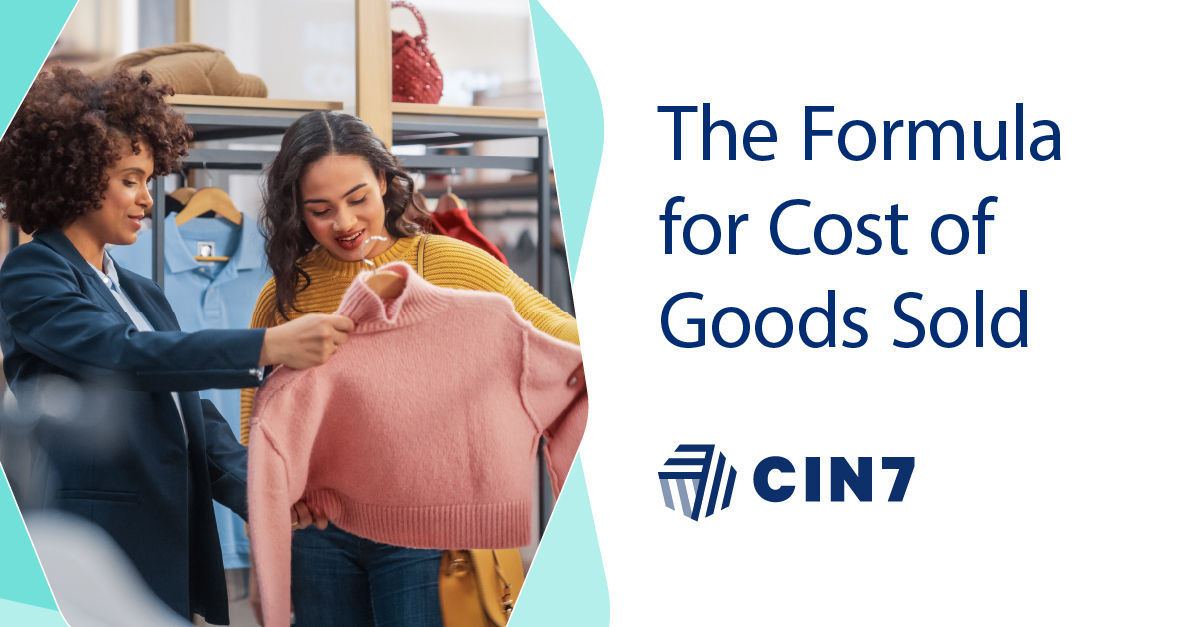

Our guide to working capital for SMBs, details what working capital is, how it’s calculated, and why it’s important for inventory management.

Explore the latest retail trends and e-commerce technologies that are changing the way businesses meet consumer demands in physical and digital environments.

Beyond Basics is the first business growth stage. Learn how to identify this stage, what to focus on, and how Cin7 can help you grow into the next stage.

Discover the difference between wholesale vs. retail, the pros and cons of each, and how to decide which is best for your business.

The basic cost of goods (COGS) formula can be used by resellers who purchase inventory, but manufacturers require a different approach for calculating COGS.

Discover how SMBs can adapt to a digital age, and ensuring efficiency, scalability, and growth.